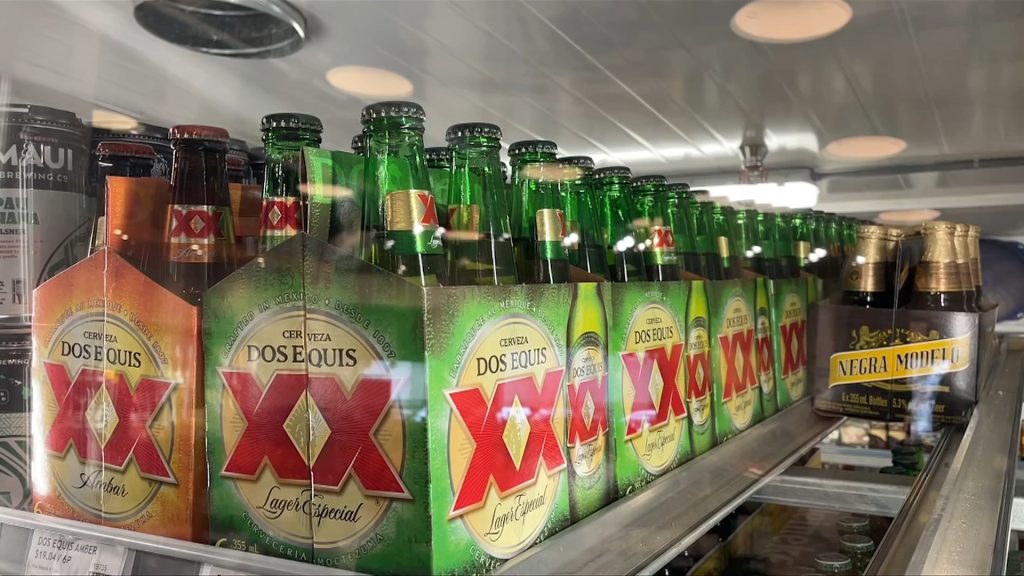Better alcohol policy needed in Canada, UVic-led project finds

Posted May 17, 2023 7:07 pm.
Last Updated May 17, 2023 7:08 pm.
A recent study led by a research group from the University of Victoria (UVic) looked at Canada’s alcohol policy and found a number of holes in it.
The Canadian Alcohol Policy Evaluation (CAPE) Project was led by the university’s Canadian Institute for Substance Use Research (CISUR), which graded the nation’s alcohol policy.
The federal government scored only 37 per cent when the group looked into 11 different policy domains.
“What the CAPE Project does is basically uses benchmarks evidence-based policies against what’s actually being done,” Tim Naimi, the director of the research network, explained.
He says there needs to be more regulation surrounding alcohol advertising.
“Marketing is very important. There’s essentially no careful surveillance of what kind of advertising is being done and no real restrictions in digital marketing,” Naimi said.
“New Canadian guidance on alcohol and health warning labels — there’s no information on the fact that alcohol causes cancer.”
However, he says they’ve made a list of recommendations to help improve policies.
“Some of these recommendations include creating minimum prices tied to alcohol content and indexed to inflation, moving the oversight of alcohol regulation and sales to a government ministry focused on health or safety rather than finance, reducing hours of sale, mandating warning labels for alcohol containers or officially endorsing the new Canadian Guidance on Alcohol and Health,” Naimi explained.
Across the country, the study gave each jurisdiction a failing grade, with the Northwest Territories at the bottom of the list. The highest-scoring jurisdictions were Manitoba and Quebec.
“This reflects ‘red tape reduction’, ‘modernizing’ initiatives, and other erosions of public-health-focused alcohol policies we have seen in recent years,” Naimi said.
Related articles:
He adds there are roughly 17,000 alcohol-related deaths in Canada every year and the government can do more to bring that number down.
“The bottom line is that there’s a lot that the federal and provincial governments could do to reduce the harms from heavy drinking,” Naimi explained.
“The only way to reduce alcohol-related harms and heavy drinking is through public policies and that’s where government has a role and important responsibility. In fact, for the sale of a product that’s legal, but dangerous, to help have policies in place to make sure they can be enjoyed but safely.”
Naimi says some areas that could use work include putting in place a federal alcohol act similar to tobacco and cannabis use, warning labels on products, and an updated CRTC code that governs alcohol marketing.








